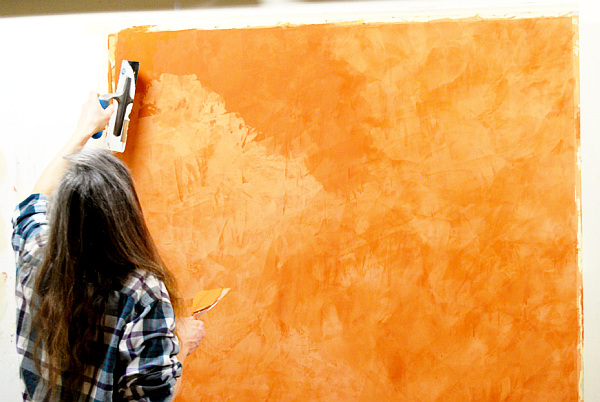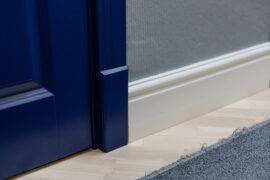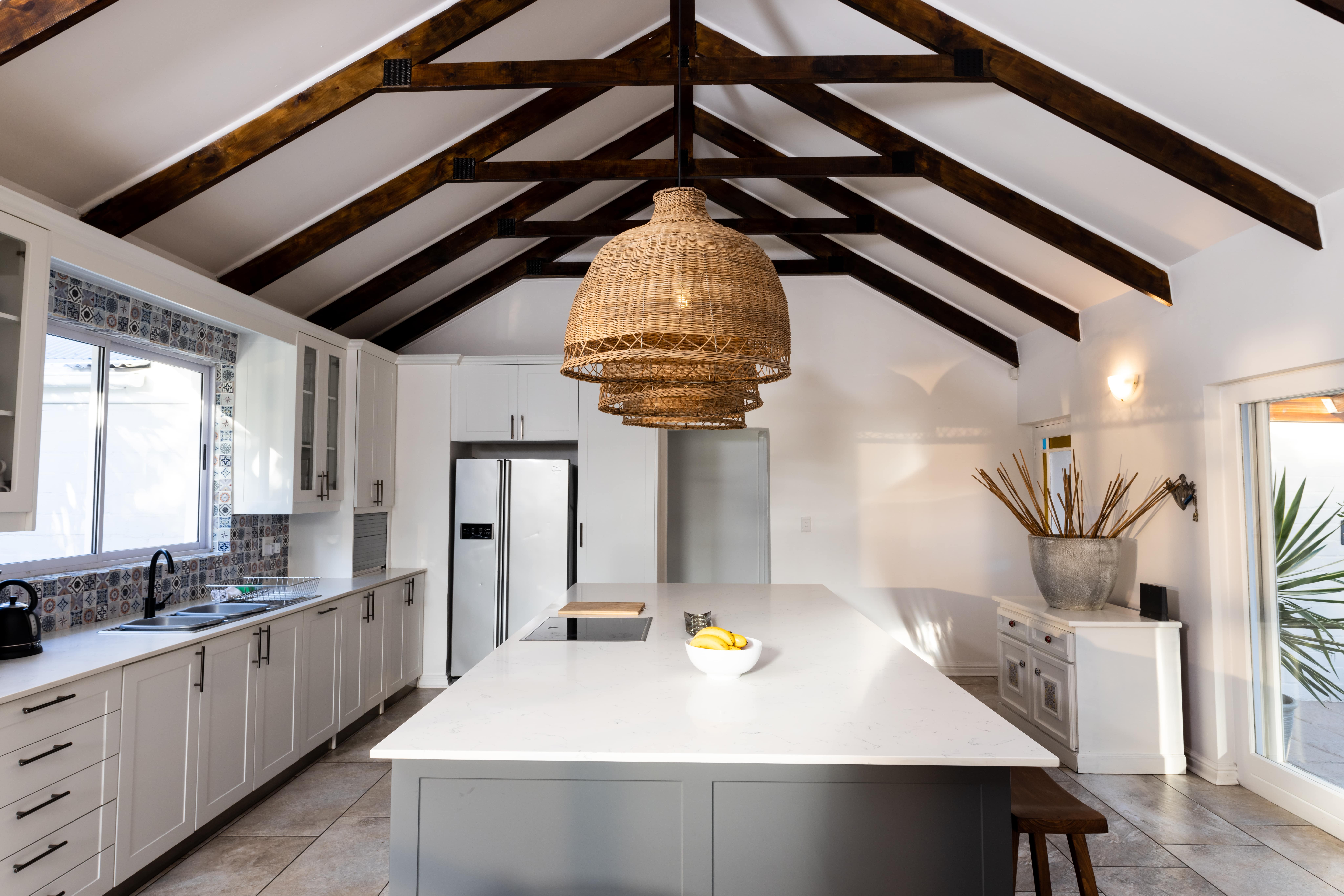Venetian plaster is an art from that dates back to the Italian Renaissance, and somehow still maintains a foothold in contemporary home décor. Its unique texture transforms simple, blank interior walls into replicas of old world charm, adding a touch of class and sophistication to any room in your home. Although technology has changed the methods of interior design a great deal over the past several hundred years, the method of applying venetian plaster has barely changed at all.
If you’re looking for a project that will add a personal touch to your home, consider using Venetian plaster. Here are a few tips for getting started.

1. While Venetian plaster application is not rocket science, improper usage and inexperience can lead to poor results. This sort of project is best left to those who have plenty of experience with painting. If this is not something you feel comfortable with, you may want to call on professionals. However, if you feel you’re paint proficient, then you should be just fine.
2. Secondly, remember that Venetian plaster is an art form that has been passed down through the generations for hundreds and hundreds of years. In order to ensure your wall texturing also withstands the test of time, be sure to follow the steps carefully. Always start by cleaning the wall and be sure to add a primer if your wall does not currently have a low sheen finish.
3. Ensure you have the right tools. For example, this decorative plaster is generally applied with a trowel in wide and random strokes. Generally it must be applied in two coats about four or five hours apart, and the second application is used to fill in uneven gaps. About 24 hours after the second application, and smoothing away edge marks, you can apply a sealant top coat.
4. Once complete, you can complement the look with elaborate Renaissance-style drapery and intricately designed area rugs. Or, you may choose to go a different route. As you will find, Venetian plaster offers both a unique and versatile accompaniment to any room in your home.












